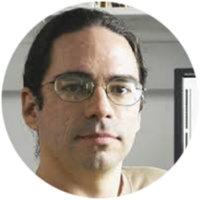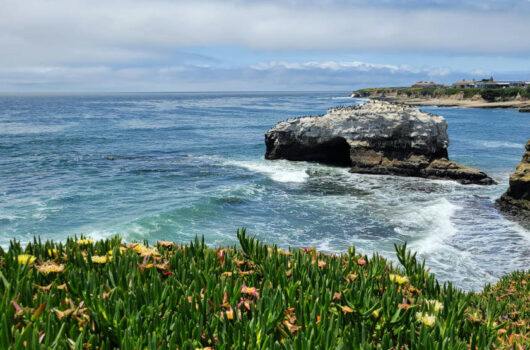The diffuse supernova neutrino background as a probe of late-time neutrino mass generation
The diffuse supernova neutrino background as a probe of late-time neutrino mass generation
View
Abstract
The relic neutrinos from old supernova explosions are among the most ancient neutrino fluxes within experimental reach. Thus, the diffuse supernova neutrino background (DSNB) could teach us if neutrino masses were different in the past (redshifts ![]() ). Oscillations inside the supernova depend strongly on the neutrino mass-squared differences and the values of the mixing angles, rendering the DSNB energy spectrum sensitive to variations of these parameters. Considering a purely phenomenological parameterization of the neutrino masses as a function of redshift, we compute the expected local DSNB spectrum here on Earth. Given the current knowledge of neutrino oscillation parameters, specially the fact that
). Oscillations inside the supernova depend strongly on the neutrino mass-squared differences and the values of the mixing angles, rendering the DSNB energy spectrum sensitive to variations of these parameters. Considering a purely phenomenological parameterization of the neutrino masses as a function of redshift, we compute the expected local DSNB spectrum here on Earth. Given the current knowledge of neutrino oscillation parameters, specially the fact that ![]() is small, we find that the
is small, we find that the ![]() spectrum could be significantly different from standard expectations if neutrinos were effectively massless at
spectrum could be significantly different from standard expectations if neutrinos were effectively massless at ![]() as long as the neutrino mass ordering is normal. On the other hand, the
as long as the neutrino mass ordering is normal. On the other hand, the ![]() flux is not expected to be significantly impacted. Hence, a measurement of both the neutrino and antineutrino components of the DSNB should allow one to test the possibility of recent neutrino mass generation.
flux is not expected to be significantly impacted. Hence, a measurement of both the neutrino and antineutrino components of the DSNB should allow one to test the possibility of recent neutrino mass generation.





